“Innovating Education for a Complex World” calls for innovative teaching and learning models that sustain teachers and center on students. Learning communities are one such innovation: they move schools away from isolated classrooms toward collaborative ecosystems that foster belonging, inclusion, and the full range of 21st century skills.
Session Overview: Every teacher knows the feeling: the door closes, and suddenly you’re on your own. You plan lessons, manage the classroom, respond to parents, and track student progress—all within the four walls of your room. Alone.
This siloed way of teaching has been the default for decades. It may look efficient on a schedule, but in practice it leaves teachers stretched thin and students seen through only one adult’s eyes. No single teacher should hold the full picture of a child—or the full responsibility for a class.
Why Learning Communities: Learning communities flip the script. Instead of “my students” and “my classroom,” a team of educators—including instructional assistants, counselors, support educators, administrators, and coaches—shares responsibility for an entire grade level.
That means:
- Students are visible to many eyes.
- Teachers share the workload—and the wisdom.
- There is collective responsibility for ensuring every student has a champion.
This approach doesn’t just improve teaching conditions. It models the very 21st century skills we want our students to master:
- Critical Thinking: teams analyze student data, behaviors, and needs together to make stronger decisions.
- Creativity: teachers co-design learning experiences and solve problems collaboratively.
- Communication: regular dialogue builds trust and ensures every child’s story is heard.
- Collaboration: educators share responsibility and success, creating a culture of collective efficacy.
When teachers practice the 4Cs in their daily work, students experience them in action. Schools become ecosystems where the skills we value most are not only taught but lived.
Key Takeaways for Participants:
- Understand how siloed teaching can fragment student experiences.
- Explore learning communities as a practical, scalable alternative.
- See how learning communities embed and model critical thinking, creativity, communication, and collaboration.
- Leave with a framework for starting conversations about collaborative redesign in their own schools.
March 2026 - 21CLHK
Job Role Applicability:
- School Leader
- Head of School/Director
- Director of Professional Development
- Counselor
- Learning Specialist
- Primary Teacher
- Early Childhood Teacher
- 21st Century Skills
- Professional Learning
Presentation
- Lower Elementary [Age 4 - 6]
- Upper Elementary [Age 8 - 10]




